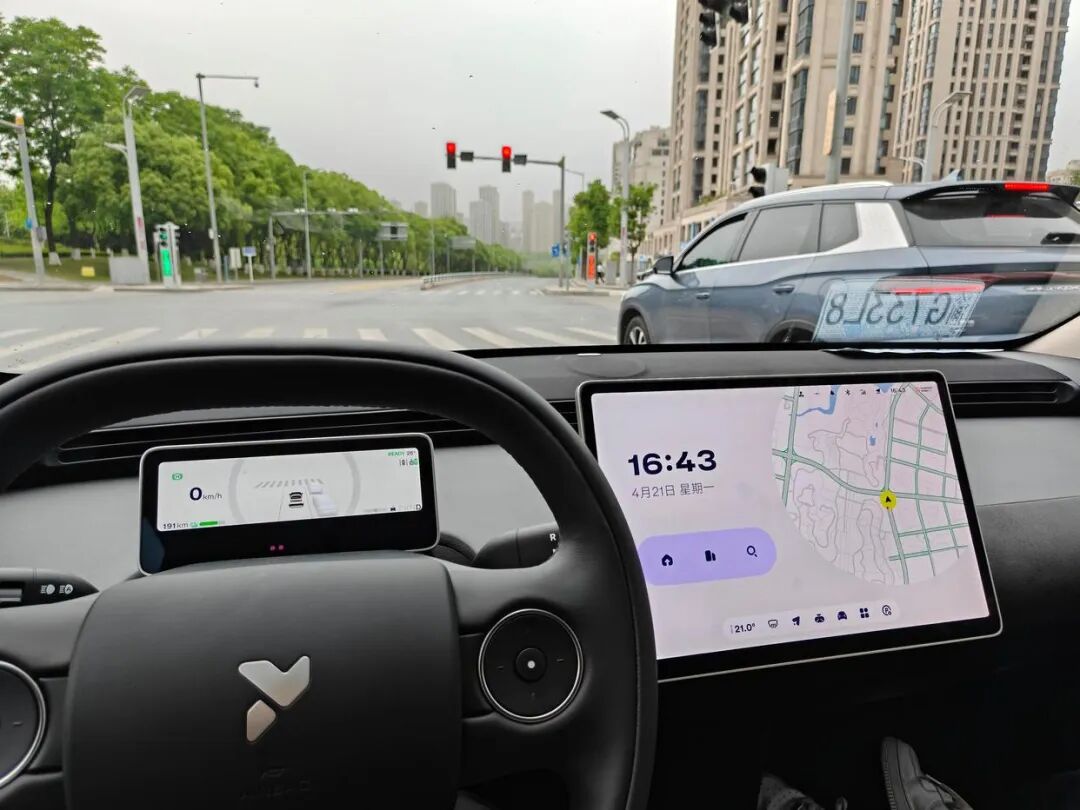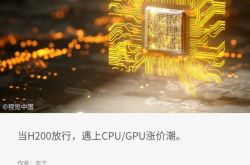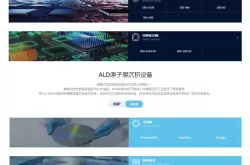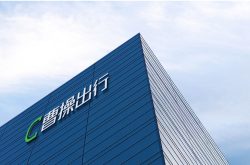NIO and XPENG Experience Major Reshuffles in Intelligent Driving Leadership: What Will Be the Focus of Next Year's Competition?
![]() 10/13 2025
10/13 2025
![]() 628
628
During the National Day holiday, manufacturers of new energy vehicles are not only embroiled in intense offline sales battles but also entering a new phase of competition in the autonomous driving sector. After the holiday, NIO and XPENG announced major adjustments to their intelligent driving leadership teams almost simultaneously, heralding a new dimension in the domestic autonomous driving competition.
On October 9th, domestic media reported significant staffing changes at XPENG's Autonomous Driving Center. Li Liyun stepped down as the head of the Autonomous Driving Center and was replaced by Liu Xianming, previously the head of the World Base Model. Li Liyun continues to work at the company. On the same day, NIO also announced the departures of Bai Yuli, head of the Artificial Intelligence Platform; Ma Ningning, head of the NIO World Model; and Huang Xin, head of NIO Intelligent Driving Products.
Before the National Day holiday, Li Auto had already reorganized the structure of its autonomous driving department: the Model Algorithm Team was divided into three departments—Foundational Models, VLA Models, and Model Engineering; the Mass Production R&D Team was split into Mass Production Delivery, Software R&D, and Active Safety; and the Data Closed-Loop Team was divided into Data Platform and Data Annotation. Two secondary departments—Planning Management and AI Evaluation Operations—were retained.
Nearly concurrently, leading domestic new energy vehicle companies made significant adjustments to their intelligent driving departments, signaling the commencement of a new round of competition in autonomous driving and foreshadowing the domestic autonomous driving industry's entry into the next phase of technological competition.
All Aim to Widen the Technological Gap in Intelligent Driving
With the implementation of end-to-end solutions, automakers have achieved remarkable autonomous driving assistance capabilities. Unlike traditional modular processing, these solutions allow systems or models to directly provide solutions from input to output data. The end-to-end structure minimizes information loss between modules, offering higher computational efficiency and generalization capabilities.
Through extensive data training, automakers can now make AI large models more "human-like." Trained end-to-end AI models can directly convert perceptual information collected by sensors such as cameras and LiDAR into actions like accelerating or braking, making them more adaptable in complex scenarios.

This has led to 2025 being dubbed the "First Year of Universal Intelligent Driving." Major automakers have announced their timelines for implementing universal intelligent driving. Intelligent driving assistance is no longer exclusive to new energy vehicle companies. BYD's "Divine Eye" and Geely's "Vast Horizon" have significantly narrowed the gap between traditional brands and new energy vehicle companies.
Lang Xianpeng, head of autonomous driving R&D at Li Auto, which was the first to adjust its autonomous driving strategy, clarified the purpose of the organizational restructuring in an internal letter to the autonomous driving department: "To achieve technological breakthroughs and product rollouts at a faster pace and higher quality, evolving the autonomous driving organization into an AI-driven entity."
XPENG stated that Dr. Liu Xianming has a background in cutting-edge research in machine learning and computer vision and is an outstanding technical expert in artificial intelligence and autonomous driving. He will lead the team in accelerating the comprehensive application of XPENG's physical world base model in AI automotive technology, expanding the technological lead in intelligent driving assistance.
In response to the adjustments in the autonomous driving department, NIO stated that the personnel changes aim to better integrate the latest advancements in general artificial intelligence and enhance the efficiency of delivering an improved intelligent driving experience.
In this wave of autonomous driving restructuring, all three companies have emphasized accelerating product rollouts and the application of world base models in AI automotive technology.

The pressure to accelerate technological rollouts comes from multiple sources. On one hand, there is pressure from Huawei's leading position and Tesla's pioneering role in end-to-end solutions. On the other hand, domestic brands have achieved intelligent driving assistance performance comparable to that of new energy vehicle companies through self-research or collaboration with suppliers, placing significant pressure on these leading new energy vehicle companies, as falling behind could lead to being overtaken by competitors.
Furthermore, these leading new energy vehicle companies are not satisfied with the current state of autonomous driving technology. End-to-end solutions have reached their limits, and breakthroughs are needed in interaction. Only by maintaining a leading edge in user experience can these new energy vehicle companies sustain their technological lead over traditional automotive brands.
A technical staff member specializing in intelligent driving from a leading domestic autonomous brand noted that while all three leading new energy vehicle companies have announced new slogans for intelligent driving and made significant internal structural adjustments, their ability to achieve a technological lead will ultimately depend on product rollout timelines.
What Will Be the Focus of Next Year's Intelligent Driving Competition?
Within a month, several high-ranking autonomous driving executives from NIO, XPENG, and Li Auto—three of the hottest electric vehicle companies—simultaneously resigned or changed positions. Given that intelligent driving is currently the most sought-after sector in the automotive industry, with explosive investment and attention, the collective "earthquake" in core teams, as if prearranged, reveals the ambitions of these new energy vehicle companies.
When asked about the focus of next year's or even future intelligent driving competition, Ren Shaoqing, the head of intelligent driving at NIO, stated that technological advancements will continue to be a priority. More foundational capabilities, particularly long-term sequencing in world models, need to be addressed.
This is not something that can be "resolved" overnight; it requires step-by-step progress. Humans can handle decisions spanning 3 seconds, 1 minute, or even over 10 minutes, and vehicles need to learn to do the same. We hope they can imitate and plan independently, just like humans.
Ren Shaoqing also pointed out that current interactions with intelligent driving systems are limited. The system provides a list of options—three, five, or eight—and only responds to those specific commands. Anything outside that list is ignored. However, our daily interactions with human drivers are not like this. You wouldn't expect a driver to respond with, "Sorry, I only accept commands 1, 2, 3, 4, 5, or 6."
In response to the recent restructuring of intelligent driving departments at new energy vehicle companies, Ren Shaoqing also commented indirectly, stating that three years ago, intelligent driving, language models, and robotics were separate fields. In the past two years, rapid technological convergence has occurred, and infrastructure has significantly improved. Tasks that once required dozens of people can now be handled by small teams.
On August 2nd of this year, XPENG announced its collaboration with Alibaba Cloud to establish China's largest autonomous driving computing center, "Fuyao," in Ulanqab. This center enables faster and more cost-effective training of autonomous driving models, highlighting the importance of computational power in the autonomous driving sector.
He Xiaopeng, the founder of XPENG, stated, "In the past, training took about a week, but now it can be done in an hour on the new computational platform. I believe more automotive companies will follow suit, as strong coupling is essential."
Currently, end-to-end technology has become the mainstream choice in the autonomous driving sector. Future qualitative improvements in autonomous driving will rely on strong computational power and high-quality data support, with minimal human resource requirements. Thus, autonomous driving has entered a phase of large-scale model reinforcement learning, and the adjustment of autonomous driving executives is an inevitable result of technological evolution.
Ren Shaoqing also expressed his views on technological evolution, stating that technology should be simple and efficient. Complexity with efficiency is unsustainable, while simplicity without efficiency is meaningless. Only by being both simple and efficient can long-term progress be achieved. Computational resources can be expanded, but human resources are the most challenging, as increasing headcount often leads to decreased efficiency—a sublinear rule in organizational studies.
Industry experts believe that the recent executive changes at new energy vehicle companies resemble the platform transition period in the early days of the internet. When feature phones transitioned to smartphones, Nokia and Motorola underwent similar restructuring. Now, as intelligent driving moves from "usable" to "user-friendly" and approaches a technological critical point, organizations that cannot adapt will be eliminated.





